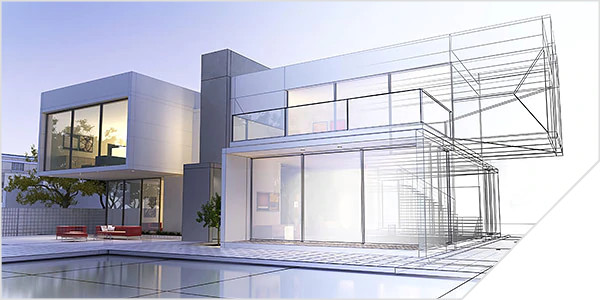
The work of architects and engineers is the foundation of a successful building project, and working with the right tools, in the right way, is the foundation to successful building design. We work across all disciplines - architecture, interior design, landscape architecture, and mechanical, electrical, plumbing, & structural engineering. Giving the design teams the right software, right assets, the right training, and the right support is fundamental to having a productive design team that can focus on the work and not the tools.
Our consultants built their expertise working in the industry, so we know the pain points and can talk the talk. Our team of consultants is beyond just design technology, combining our expertise in construction and facility management to craft solutions that work over the entire building lifecycle.
We help our most successful customers:
- Create consistent documentation across different teams and projects
- Increase performance with a properly trained staff
- Harness the most effective technology for their workflow
- Efficiently leverage their team’s time
- Support for multiple disciplines including architecture, interior design, and landscape architecture
We help them achieve all that by mitigating the challenges of inconsistent or non-existent standards, missing project deadlines due to technology issues, and keeping production staff trained consistently. We turn those challenges into competitive advantages.
